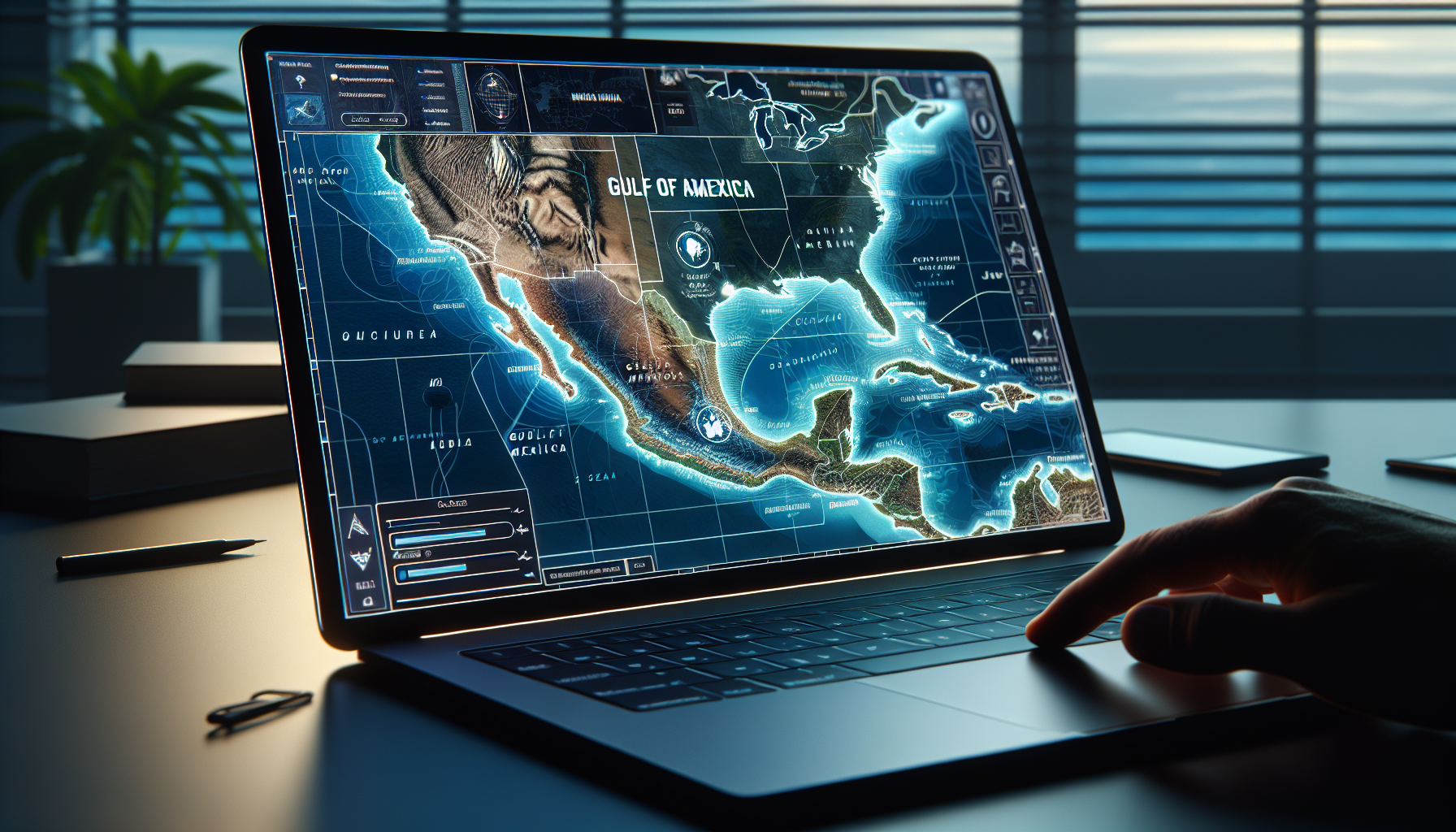
Google and Apple Maps Rename Gulf of Mexico to Gulf of America
In an unexpected development, Google Maps and Apple Maps have modified their geographical identifiers to denote a name alteration for the Gulf of Mexico—at least for users in the United States. The water body is now referred to as the Gulf of America in line with a recent executive decree. This alteration has ignited conversations about the impact of political choices on digital mapping platforms and the evolution of geographical names over time.
Why Did Google and Apple Change the Name?
The transformation of the Gulf of Mexico to the Gulf of America originates from an executive order enacted by former President Donald Trump. The U.S. government revised its Geographic Names Information System (GNIS), which acts as the federal benchmark for geographical names. Google has a well-established practice of aligning its maps with official government resources, which is why the modification has now surfaced in Google Maps.
Apple has similarly made updates, refreshing its Apple Maps app and website. Although the map visuals still denote “Gulf of Mexico,” accessing the area now prompts a card labeled “Gulf of America.” Apple has indicated that this adjustment will eventually be implemented globally, suggesting that users beyond the U.S. may soon encounter the new name as well.
How the Name Change Appears in Different Regions
The renaming is not consistent across all areas. Based on where users access the maps, they may observe various labels:
- In the U.S.: The water body is identified as “Gulf of America.”
- In Mexico: The designation remains “Gulf of Mexico.”
- In other areas: The label appears as “Gulf of Mexico (Gulf of America).”
This method aligns with Google’s policy of showcasing official local names when they differ between nations.
The Role of the U.S. Board on Geographic Names
The U.S. Board on Geographic Names (BGN) is tasked with standardizing place names for federal purposes. While the board’s resolutions influence governmental entities, private firms like Google and Apple are not legally obliged to implement these modifications. Nonetheless, both companies have traditionally adhered to government naming regulations to preserve consistency in their mapping services.
A Congressional Research Service analysis confirms that private companies do not have to conform to executive orders related to geographical names. Nevertheless, both Google and Apple have opted to enact the change, likely to conform with official U.S. government records.
The Controversy Surrounding Geographic Name Changes
Geographical name modifications frequently stir controversy, given that they can embody political, historical, and cultural importance. The renaming of the Gulf of Mexico has ignited debate, particularly within Mexico, where the water body has sustained its name for centuries.
This is not the first time a geographical renaming has spurred contention. In 2015, President Barack Obama reinstated the name Denali for North America’s tallest peak, reversing a past decision that had designated it Mount McKinley. Notably, Trump’s executive order also sought to revert Denali to Mount McKinley, but currently, Google Maps still reflects the name as Denali.
The Future of Digital Mapping and Political Influence
Renaming geographical locations incites inquiries regarding the capacity of digital mapping services to shape public perception. With billions of users depending on Google Maps and Apple Maps, these platforms hold considerable sway over how individuals interpret geography.
As political environments shift, we may witness more cases where governments advocate for name changes that resonate with national interests. Whether mapping companies will persist in following these alterations is still uncertain.
Wrap Up
The alteration of the Gulf of Mexico to the Gulf of America in Google Maps and Apple Maps underscores the convergence of politics and digital cartography. While the shift corresponds with official U.S. government records, it has ignited discussions regarding the ramifications of political decisions on widely-utilized mapping services. As geographical names continue to transform, users might encounter more politically motivated updates in the future.
Frequently Asked Questions
1. Why did Google and Apple rename the Gulf of Mexico?
Google and Apple modified their maps to mirror a U.S. government decision that renamed the Gulf of Mexico to the Gulf of America. This adjustment was based on an executive order and an update to the Geographic Names Information System (GNIS).
2. Will the name change appear worldwide?
Apple has indicated plans to implement the change globally, suggesting that users outside the U.S. may eventually see “Gulf of America” on Apple Maps. Google, however, currently presents different names based on the user’s location.
3. Can private companies like Google and Apple ignore government name changes?
Yes, private entities are not legally obligated to adhere to government-mandated name changes. However, both Google and Apple have a history of synchronizing their maps with official governmental records.
4. How do geographic name changes usually happen?
Geographic name changes are normally determined by the U.S. Board on Geographic Names (BGN), which standardizes names for federal usage. Nonetheless, political decisions, cultural evolutions, and historical corrections can also impact name changes.
5. Has this kind of renaming happened before?
Yes, a notable instance is the renaming of Mount McKinley back to Denali in 2015 by President Barack Obama. This name change was contentious, and Trump’s executive order sought to revert it, though it remains Denali on the majority of maps.
6. Will Mexico recognize the name Gulf of America?
No, Mexico persists in using the name Gulf of Mexico, and Google Maps illustrates this by displaying varying names based on the user’s locale.
7. How do users feel about this change?
Responses have been varied. Some perceive it as a standard update derived from government records, while others interpret it as a politically influenced decision that disregards historical and cultural significance.